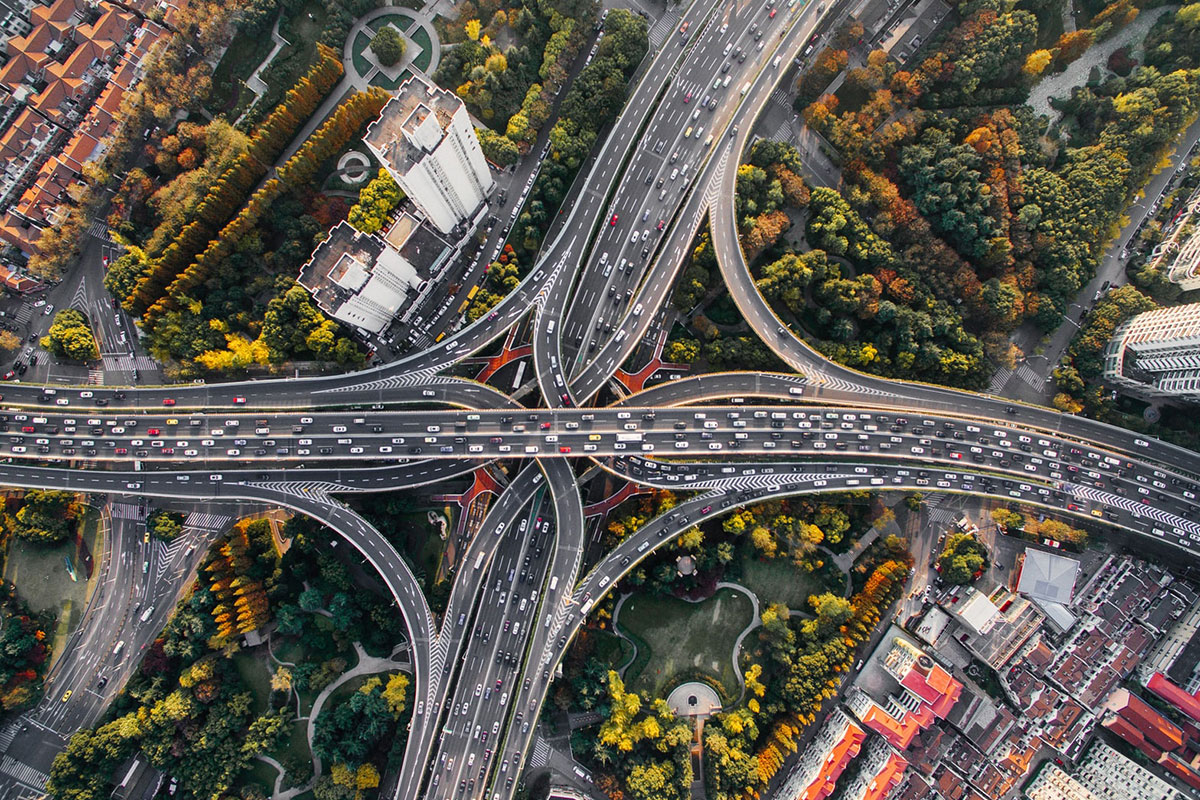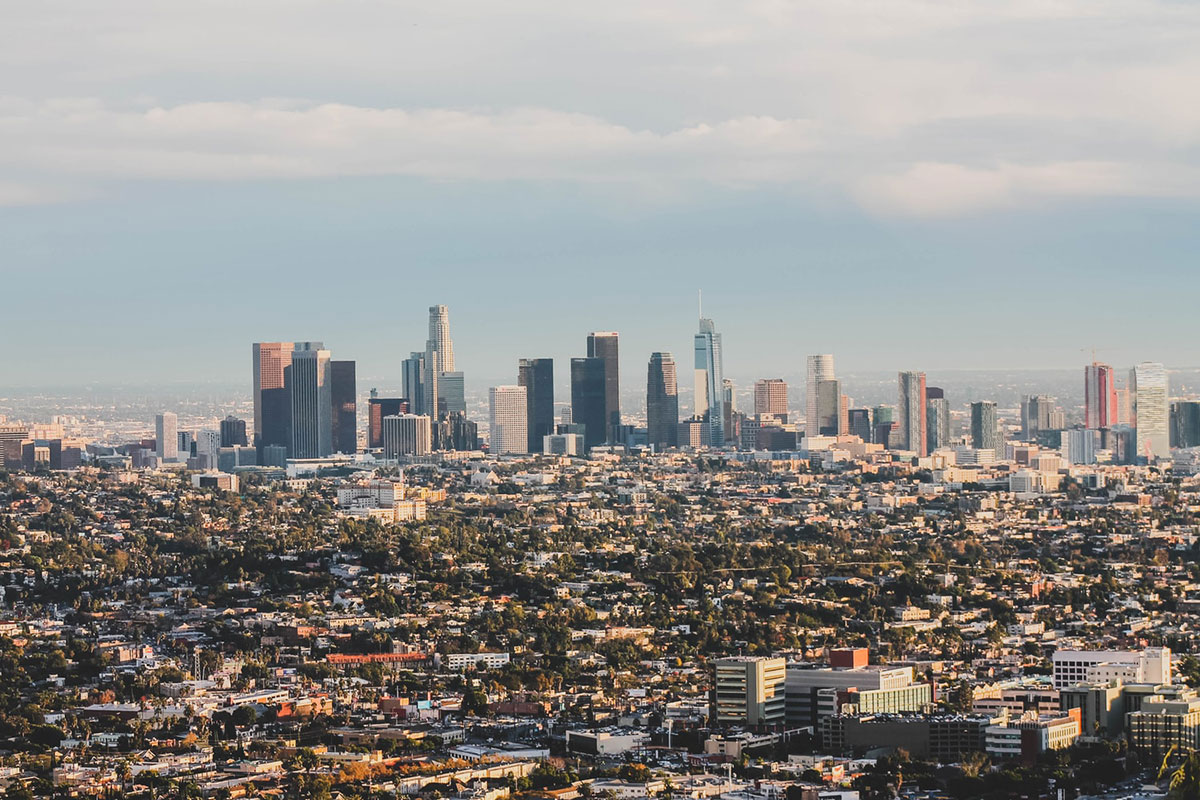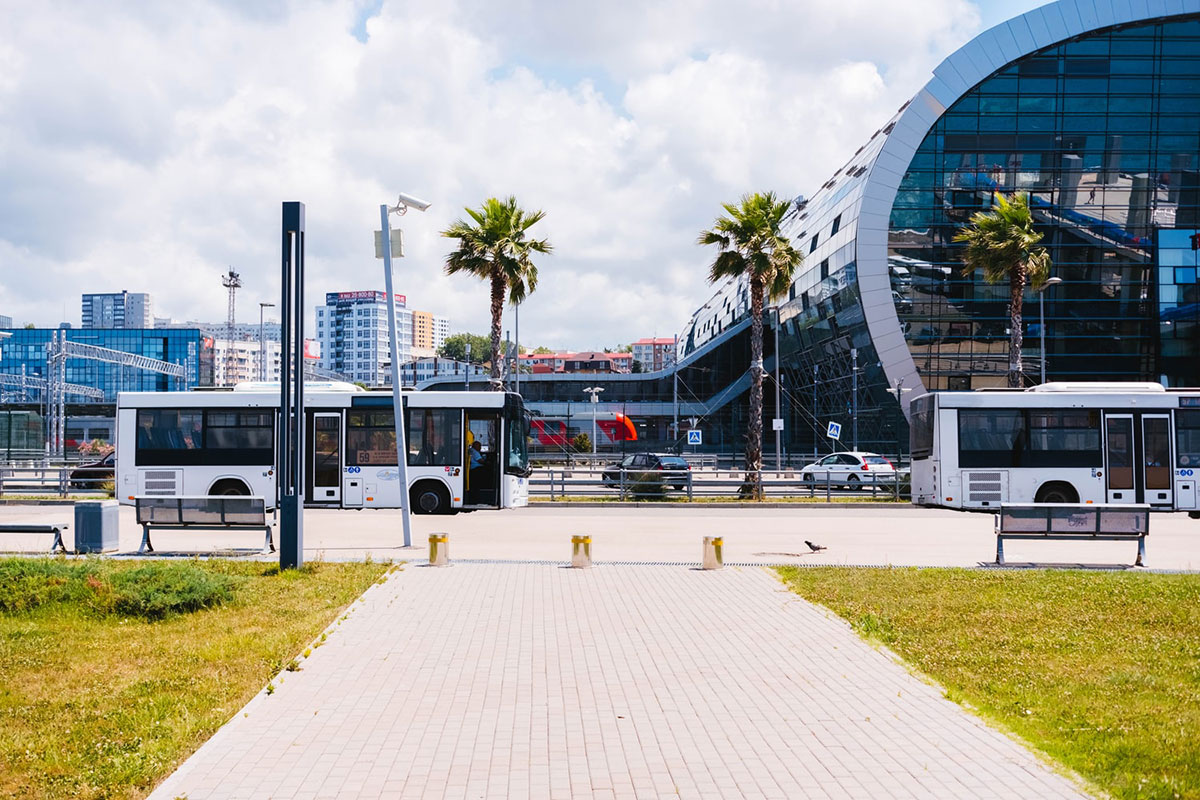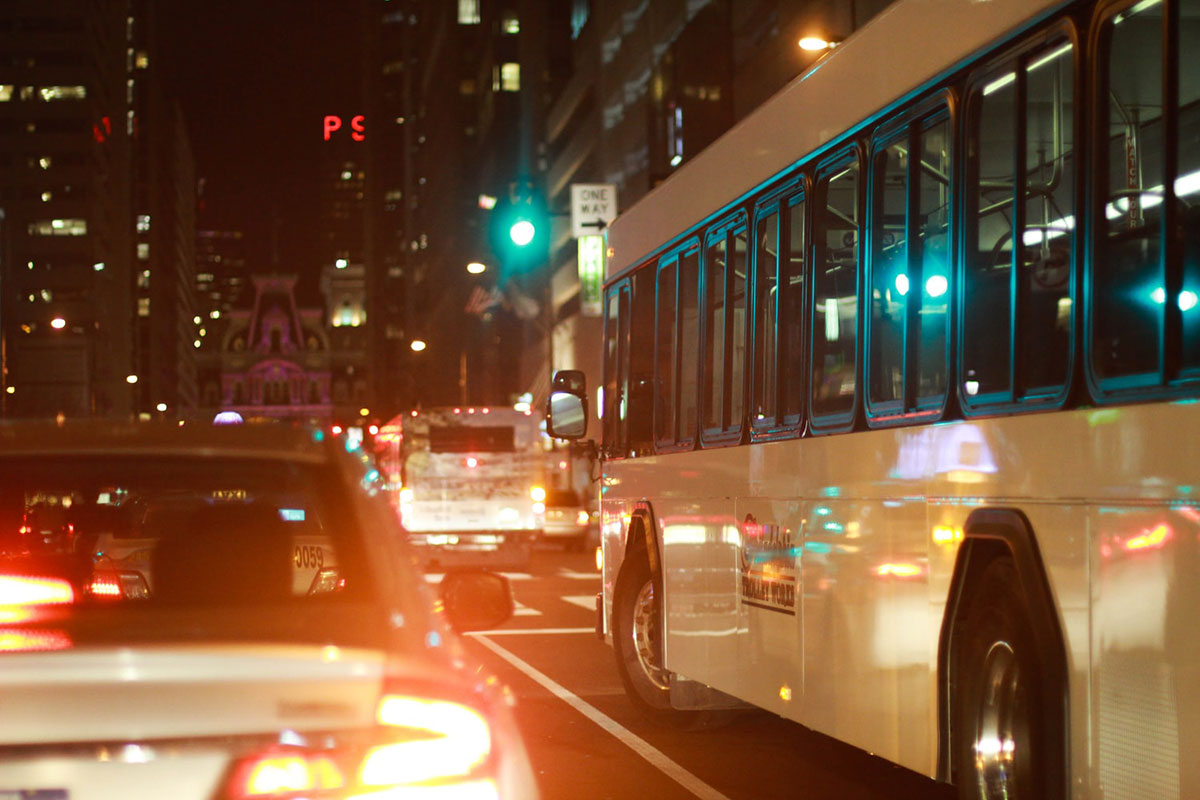
Autonomous vehicles (AVs) have been a controversial topic for years, but always at a distance. Now, we live in a time where this concept is becoming a reality. Automated features are implemented into everyday cars, and fully self-driving cars are tested regularly.
Autonomous Vehicles
According to an NHTSA webpage about Automated Vehicles, there are five levels of AV: Level 1 – driver assistance, Level 2 – partial automation, Level 3 – conditional automation, Level 4 – high automation, and Level 5 – full automation. NHTSA predicts 2016-2025 to be a period for partially automated safety features such as lane-keeping assist, adaptive cruise control, traffic assist, and self-park. It could be years before a certified driverless car hits the roads. With that said, NHTSA forecasts the introduction of fully automated safety features with highway autopilot beyond 2025.
There is a lot of excitement behind this new technology, but it is essential also to consider the adverse effects that could come from autonomous vehicles. Other significant technological advancements have come with both advantages and disadvantages; AVs will not be an exception. A city like Los Angeles, where traffic is so dense, can expect to see the effects of driverless cars soon.

Benefits of Driverless Cars in Los Angeles
NHTSA predicts many benefits to result from autonomous vehicles. Safety is a leading factor when it comes to the argument for driverless cars. Ninety-four percent of serious crashes are due to human error (NHTSA), so removing driver control has the potential to prevent deaths and injuries caused by car accidents. Reducing serious crashes would also have an economic effect by reducing the loss of workplace productivity, loss of life, and decreased quality of life due to car accidents.
Another significant benefit in Los Angeles specifically would be to regulate traffic and reduce commutes. Autonomous vehicles could create a smoother traffic flow, with fewer human errors, speeding, and road rage. Passengers will also be able to make better use of their time in their vehicles, instead of having to maintain focus on the roads during their commute. In 2017, the average commute in Los Angeles was 53.68 minutes, so this would be a major benefit to the workers commuting to downtown LA (CBS Los Angeles).
Autonomous vehicles can also increase accessibility for people who are unable to drive, such as the elderly, students, or people with disabilities. NHTSA states that there are 49 million Americans over the age of 65, and 53 million people with some form of disability. It is safe to assume that a large number of these people are unable to drive, or have difficulty driving. A driverless vehicle that would remove this hindrance could create new employment opportunities and make daily tasks easier with accessibility as a solution.

Other Forms of Autonomous Transportation
Driverless cars are what come to mind when autonomous vehicles are mentioned, but other forms of transportation and industries related to transportation will also be affected. Parking is one of the first industries to be affected. Los Angeles can expect infrastructure and parking adaptations to support autonomous vehicles. This could mean that there would be no need for curbside parking and no need to even enter a parking garage. At Level 5 automation, a car would be able to park itself in a controlled parking structure.
Most people are waiting for the latest self-driving car updates from major brands like Tesla or Mercedes, but it is actually autonomous shuttle busses and public transportation that are moving quickly into testing (Curbed.com). Testing has already taken place in Ohio, and more recently in Toronto. The UK is already using automation within bus depots, where a bus can drive itself through the port and car wash without assistance (CNBC).
Local businesses in Los Angeles will have to adapt to the advancement in transportation technology as well. A company like Joe’s Auto Parks may have to consider making changes to structural construction and technology to support self-driving cars. Joe’s Auto Parks also offers shuttle services to and from its parking lots, including to the airport, so autonomous shuttles would be another option. While there are benefits to AVs, Joe’s Auto Parks will also have to weigh in the many risks and concerns. Follow Joe’s Auto Parks online at JoesAutoParks.com and on Facebook to stay up to date with the latest blog posts about industry-related content, and visit the website for more information about Joe’s Auto Parks’ shuttle vans and airport shuttles.

The Biggest Concerns of Self-Driving Cars
Of course, when new technology is introduced, new problems and concerns will follow. One of the biggest arguments against autonomous vehicles is unemployment. It is very noticeable that many vehicles in Los Angeles are commercial, which means that self-driving cars will remove each of those drivers from his or her job. This will include truck drivers, rideshare drivers for Uber or Lyft, delivery vehicles, bus drivers, and many more workers in transportation.
Industry experts also have major safety concerns, pointing out that AVs are not safe yet (CBS). The U.S. government’s certification states that driverless vehicles are only at a Level 2 out of the five levels of autonomous vehicle safety. While are might begin to rely on their vehicle’s automated features, drivers still need to be alert and keep their hands on the wheel (CBS). Technology fails every day, but if it happens to a vehicle, the consequences could be fatal. Unfortunately, this has already happed in AV tests when a self-driving car killed a pedestrian in 2018 (Economist).
There is a lot of excitement around autonomous vehicles, but the cost to purchase one is still unknown. An article from Forbes.com suggests that only the wealthy and elite will be able to afford AVs, so it may be a while before self-driving cars completely take over Los Angeles. On the contrary, new inventions in technology tend to lower in price over the years, such as the price of the computer decades ago versus today. Once driverless vehicles move from a specialty vehicle to mass production, some people are concerned that people will rely too heavily on AVs. This could reduce the number of people who use public transit, which would mean more cars on the road and a negative environmental impact. In cities where public transit is more efficient, like NYC or Toronto, there may not be much of an impact. However, in Los Angeles it is already challenging to convince commuters and locals to use public transit.
Thinking Ahead
The technology for autonomous vehicles is only at Level 2, so most of the discussions around driverless cars are only presumptuous. However, technology can change the way the world works very quickly. In just years, the Internet changed the world. As a result, social media was introduced and now plays a part in almost every industry. It is impossible to predict how AVs will affect the world, whether good or bad, and what new industries and opportunities will come from this new technology. As a trend-leading city, Los Angeles will be one of the first few regions to truly experience the effects of autonomous vehicles.

Comments are closed.